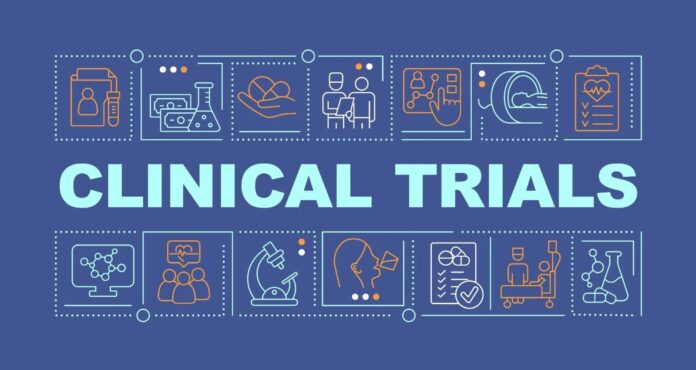Introduction
Advancements in clinical trials are driving transformative progress across respiratory and infectious disease medicine. From digital lung simulations to novel intranasal antivirals and promising herpes simplex virus (HSV) candidates, new research efforts are enhancing drug development precision, accelerating timelines, and expanding treatment options. These innovations represent a vital response to the rising burden of respiratory illnesses and viral infections, especially among vulnerable populations.
Digital Lung Simulations Advance Pulmonary Fibrosis Drug Development
Pulmonary fibrosis is a chronic, progressive lung disease characterized by scarring that impairs breathing and reduces life expectancy. Traditional trial models often struggle to capture the disease’s heterogeneity and progression accurately. Digital modeling is now offering a data-rich, patient-specific alternative.
New clinical research shows that digital lung simulations can replicate the structural and functional aspects of pulmonary fibrosis across diverse patient types. These simulations are helping researchers:
- Predict patient response to investigational therapies.
- Optimize trial design by simulating endpoints and drug interactions.
- Reduce the time and cost of early-stage development.
This approach has the potential to increase precision in treatment targeting and reshape how rare lung diseases are studied. Digital lung simulations in pulmonary fibrosis drug development
Phase 2 Success of INNA-051 in Respiratory Virus Protection
INNA-051, an intranasal innate immune modulator, has shown encouraging results in a Phase 2 study targeting common respiratory viral infections. Administered via nasal spray, INNA-051 activates local immune defenses in the nasal passages to help prevent virus entry and replication.
In recent trials, the treatment demonstrated:
- A significant reduction in viral load among participants exposed to respiratory pathogens.
- Good safety and tolerability with no serious adverse events.
- Potential for use as a preventive therapy in high-risk groups such as the elderly and immunocompromised.
Its ease of administration and rapid action make INNA-051 a promising tool for respiratory virus control, especially during seasonal outbreaks. INNA-051 antiviral Phase 2 study respiratory disease breakthrough
Herpes Simplex Virus Therapy Shows Early Promise
Assembly Biosciences has presented compelling early data on a novel small-molecule therapy targeting HSV-1 and HSV-2. Unlike current therapies that rely heavily on nucleoside analogs, this new candidate aims to inhibit viral replication through a different mechanism.
Key highlights from preclinical studies include:
- Strong in vitro antiviral activity across HSV strains.
- A favorable safety profile, supporting further investigation.
- Potential utility in both acute and latent infection stages.
If validated in clinical trials, this approach could offer relief to millions affected by recurring HSV infections. Assembly Biosciences presents new data on herpes simplex virus candidate at ESCMID
Conclusion
Digital innovation, immune-based prevention, and novel antiviral therapies are redefining the landscape of respiratory and infectious disease management. These studies signal a promising future for more effective, accessible, and patient-friendly treatment approaches. Stay updated with the latest clinical research at Clinical Trial Vanguard.















